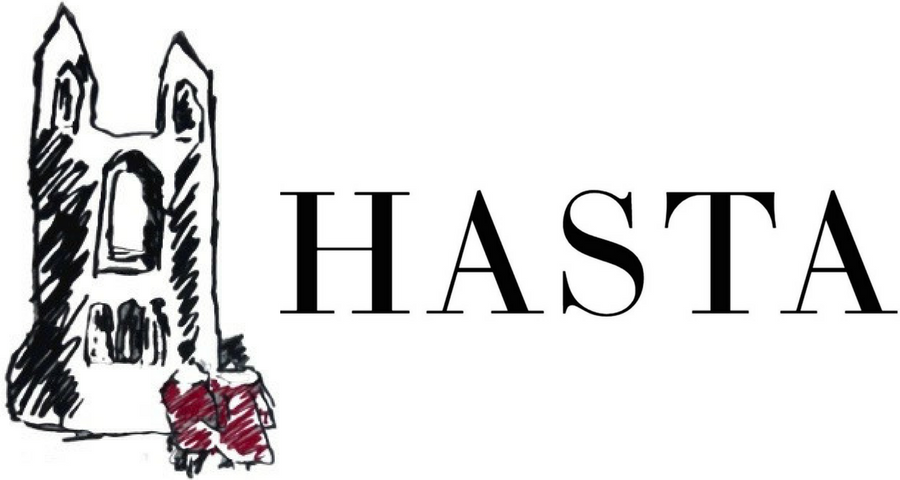The Trumpian Acropolis - Trump’s Renewal of the ‘Beautiful Federal Civic Architecture Executive Order’
By Hope Jones
The United States Capitol building on Inauguration Day.
Image courtesy of Tasos Katopodis, Getty Images.
The twentieth of January saw not only the second Inauguration of President Donald Trump but also his instant renewal of the executive order for ‘Beautiful Federal Civic Architecture.’ This order was first implemented in Trump’s 2020 presidency and dictates that all federal buildings, currently standing and yet to be built, must honour traditional Classical architectural style.
According to the White House website, the intention behind remodelling government architecture in the Classical manner was to create a uniform, easily identifiable, and uplifting image of Trump’s administration. Through association with the identity of the classical tradition, the Government’s federal body aims to project an image of deeply rooted stability, vigour, and respected lineage.
To a European audience, Classical architecture refers to any structure that derives its form from Ancient Greek or Roman design principles. However, the present White House administration utilises a broader definition of the term. According to Trump, Classical architecture is an umbrella term to include amalgamated styles of Gothic, Art Deco, Greek Revival, Georgian, Neoclassical and the Beaux-Arts.
The essential rule laid out by the new President is that any architectural style established prior to the twentieth century Modernist movement is acceptable. Additionally, in the executive order, a clear distaste is shown for Brutalism and Deconstructivism.
Deconstructivist architecture as defined within the White House’s first executive order (2020) is an architectural style that emerged in the 1980s, demonstrating ‘features of fragmentation…distortion, skewed geometry, and the appearance of instability.’ It is deeply ironic that Trump Tower, completed in 1983, showcases clear experimentation with geometric forms, suggestive of Deconstructivism.
Donald Trump with a model of Trump Tower and Trump Tower, New York City.
Image courtesy of Hogan Charles, The New York Times.
Trump Tower, a condominium skyscraper that graces the streetside of Midtown Manhattan’s Fifth Avenue is structurally magnificent, providing the asymmetric illusion that one corner of the tower has fallen away. This monumental glass structure is a prime example of modern architecture with overt Deconstructivist features. Adding further fuel to the fire, in a 1988 interview with BBC HARDtalk, the businessman proudly proclaimed that Trump Tower was his ‘great artistic pride.’ Why, then, does President Trump hypocritically dictate that federal architecture must remain embedded in the realms of tradition?
Absurdly, Trump Tower, an emblem of modern architecture, was the result of Trump’s decision to demolish a 1920s skyscraper, recklessly shattering two Art-Deco sculptures that had been previously promised to the Metropolitan Museum of Art. Clearly, the Trump of the 1980s was a willing participant in the transition of New York City’s ‘classical skyline’ into the modern metropolis it is today. Trump’s previous role as a proponent of the destruction of historical architecture, further emphasises the irony of his statement that ‘the Federal Government has largely stopped building beautiful buildings’, in the newly reinstated executive order.
Furthermore, the bias toward Classicism and traditional architectural aesthetics suggests an arrogance toward design diversity and has been viewed as an example of regressive Nationalism. One such critic is Robert Ivy, former head of the American Institute of Architects (AIA), who accused the executive order of stifling structural creativity. In alignment with this critique, in 2021, the order was repealed under the Biden administration after he claimed that it hindered design freedom.
The grandiose sublime of classical architecture may also alienate the common man from federal settings. Highlighted by the AIA, federal buildings that interact with the population should feel approachable to local communities, reflective of regional history and culture over an attempt to imitate an ancient acropolis of supreme power and wealth. With the renewal of the ‘Beautiful Federal Civic Architecture Executive Order’, the US now stands in a predicament: how can one sustain the evolution of architecture and create approachable structures in the face of forced traditionalism?
Bibliography
AIA. ‘AIA Responds to White House Memo on GSA Guiding Principles for Federal Projects.’ AIA, January 21, 2025, https://www.aia.org/about-aia/press/aia-responds-white-house-memo-gsa-guiding-principles-federal-projects
Levinson-King, Robin, Livesay, Brandon, and Tawfik, Nada. ‘The Many Lives of Trump Tower.’ BBC News, January 6, 2024, https://www.aia.org/about-aia/press/aia-responds-white-house-memo-gsa-guiding-principles-federal-projects
Villa, Angelica. ‘Trump Reinstates Executive Order Mandating ‘Classical’ Architecture for Government Buildings.’ ARTnews, January 21, 2025, https://www.artnews.com/art-news/news/trump-reinstates-executive-order-classical-architecture-government-buildings-1234730555/


